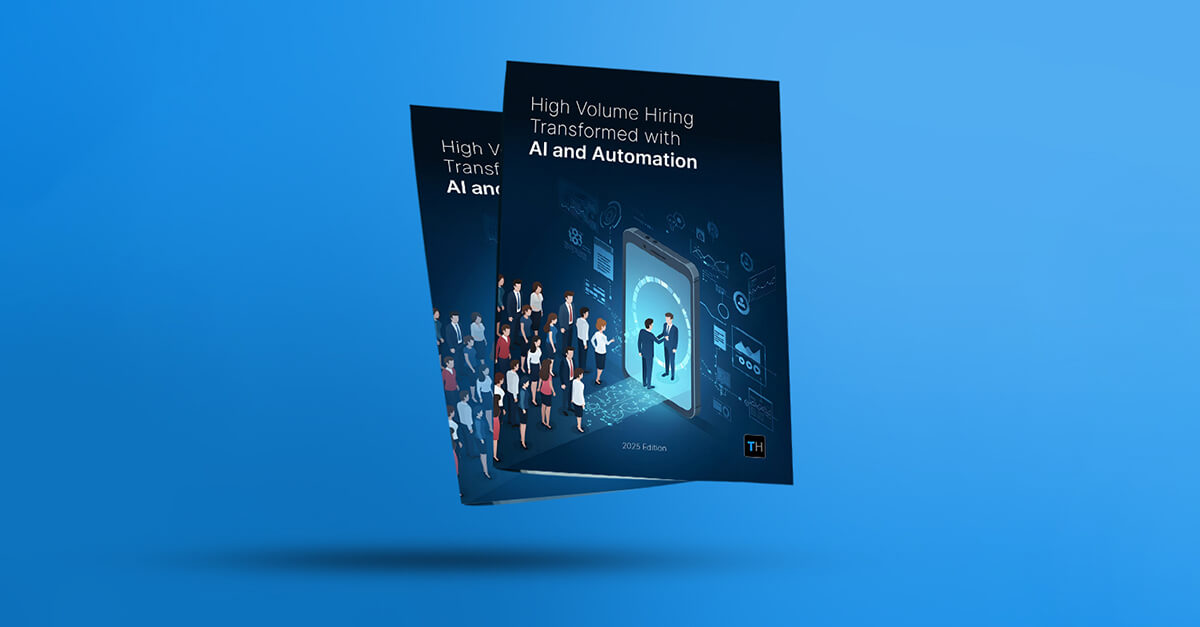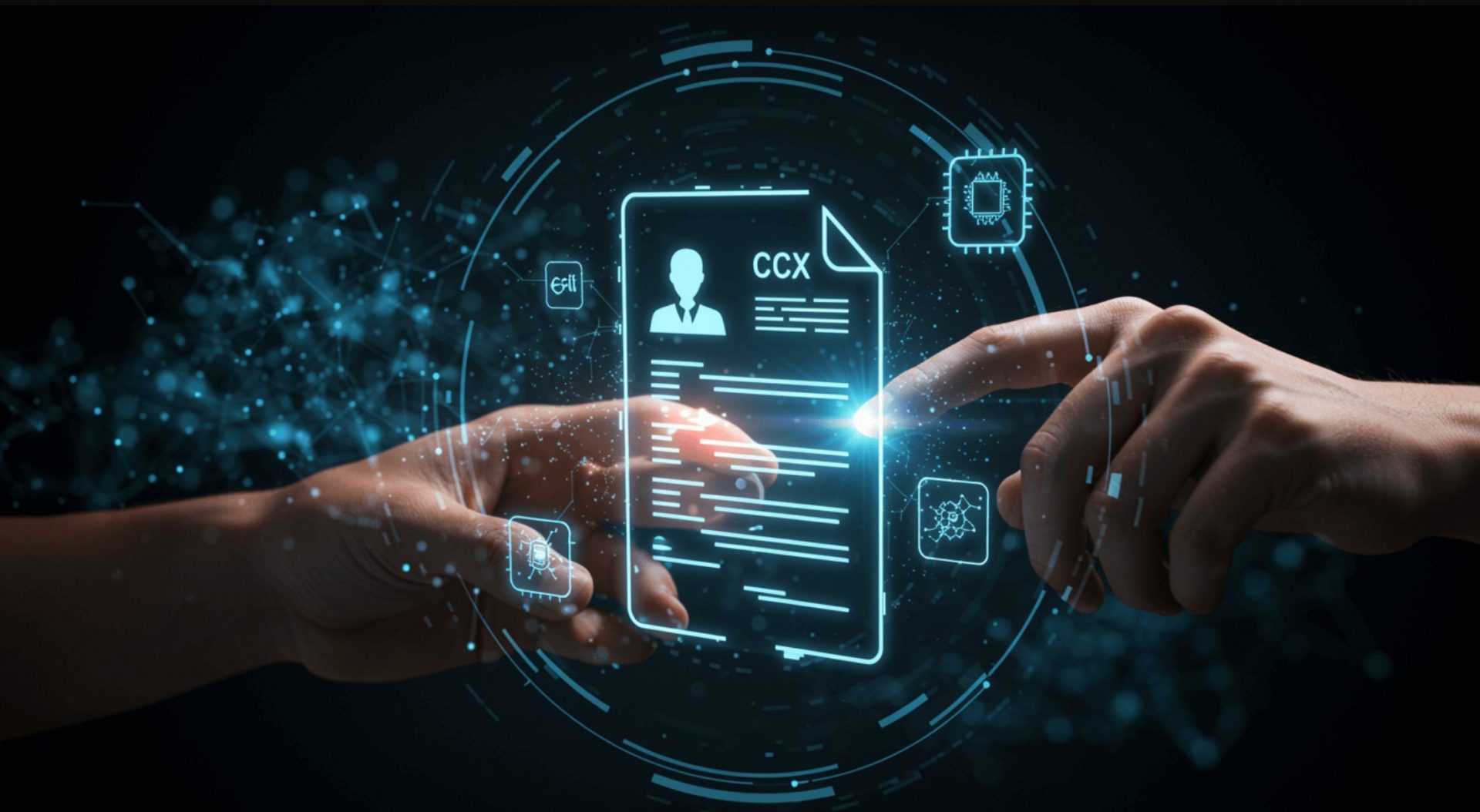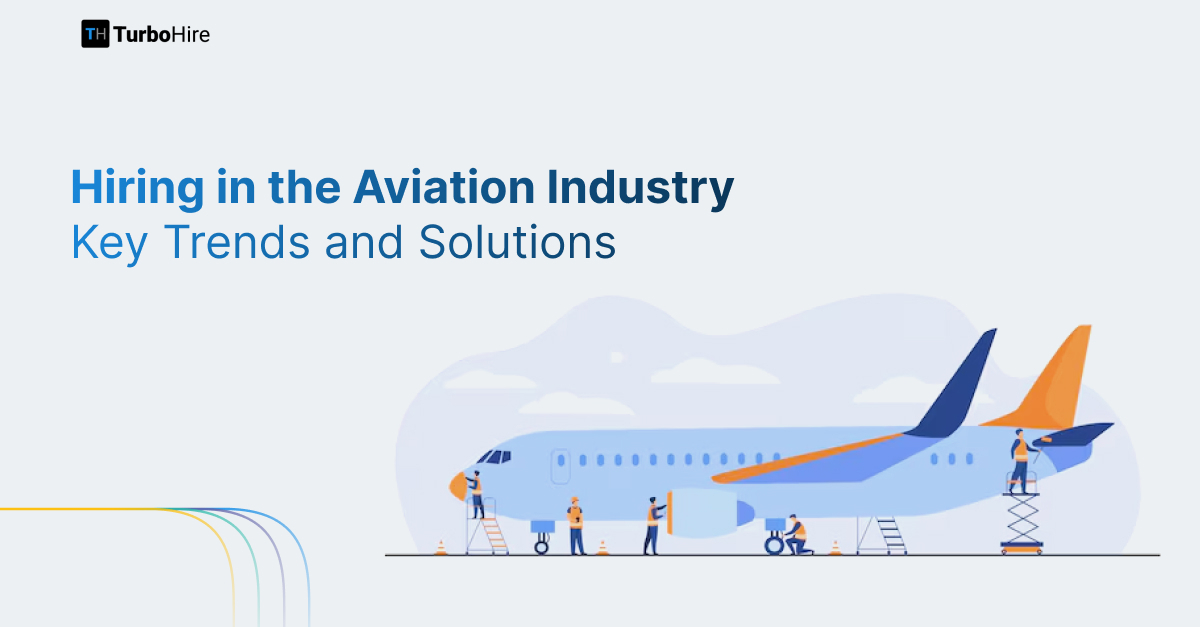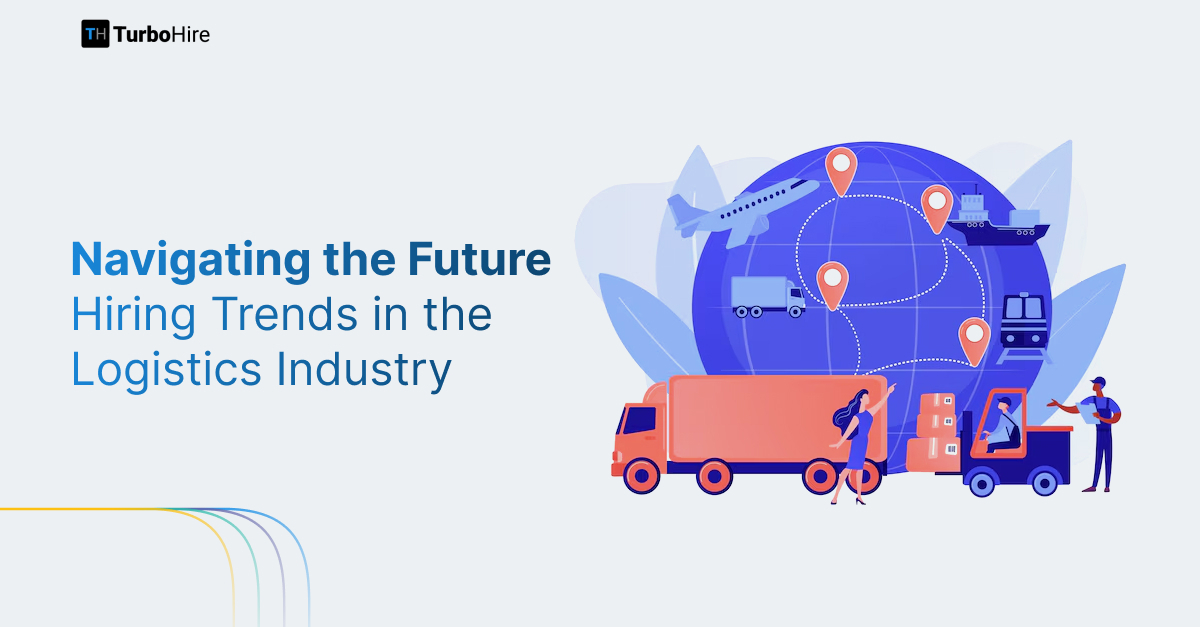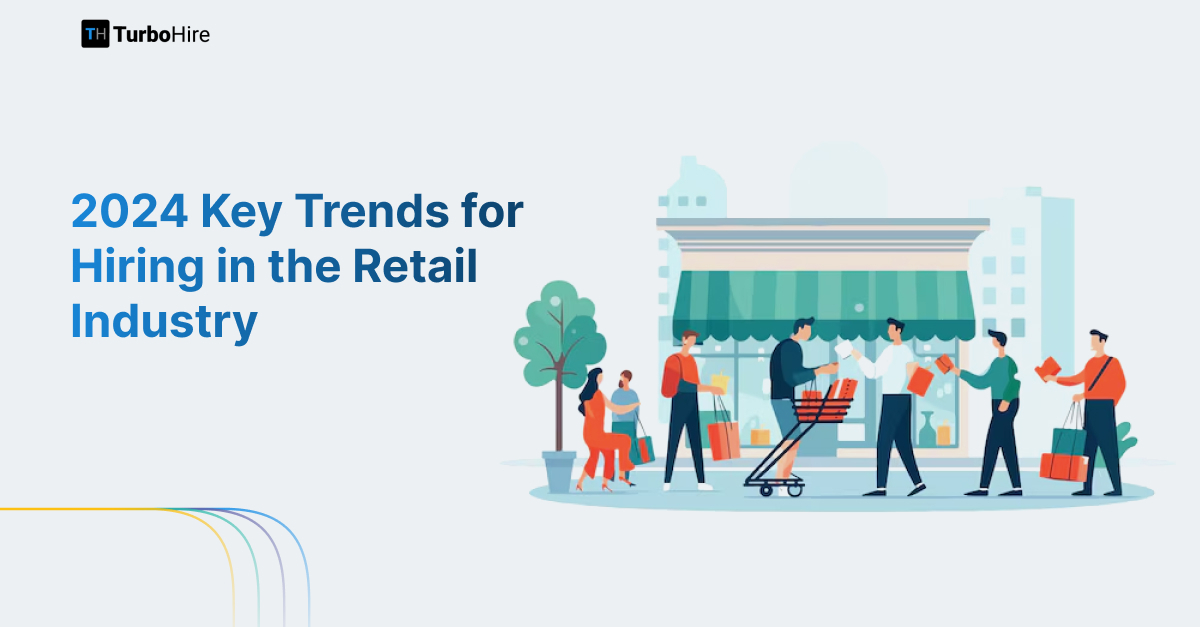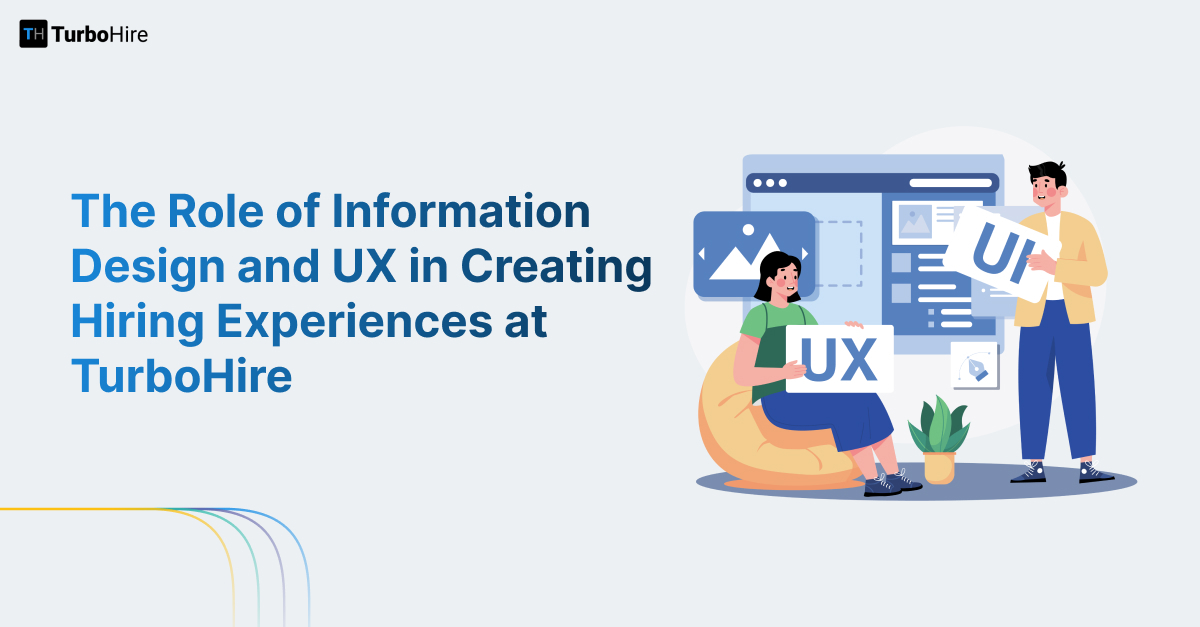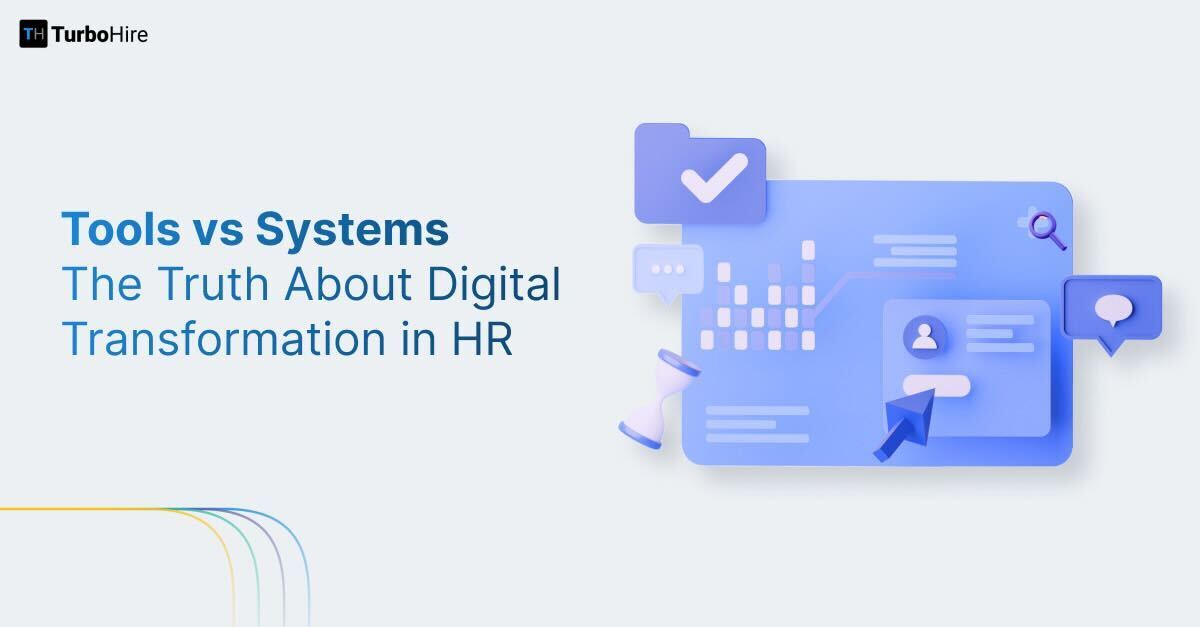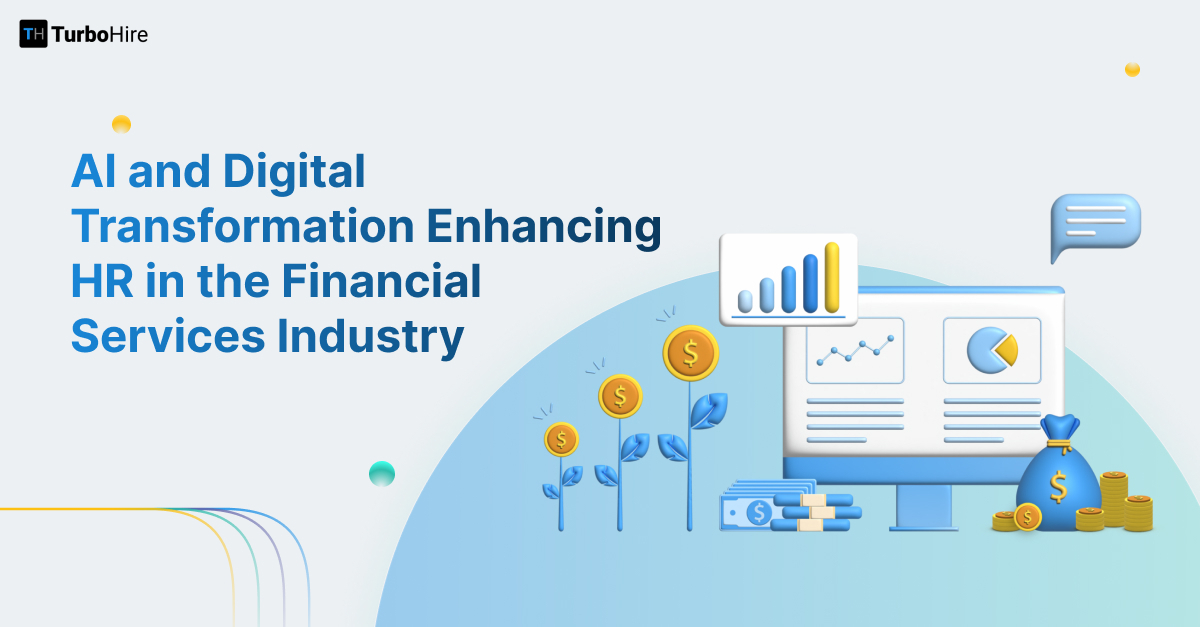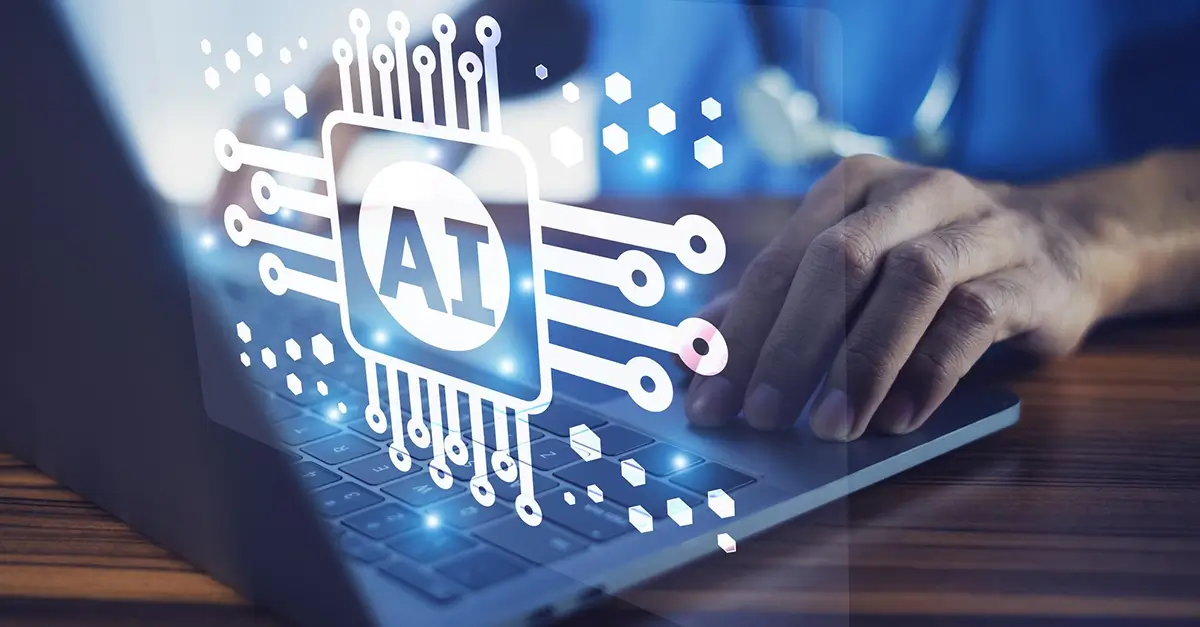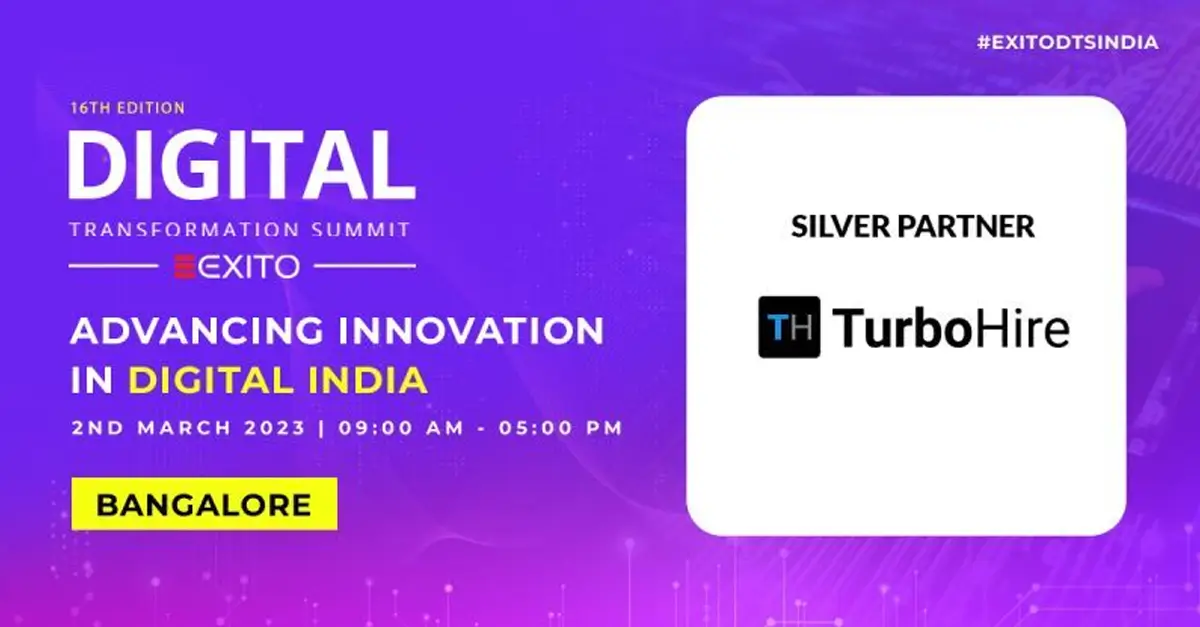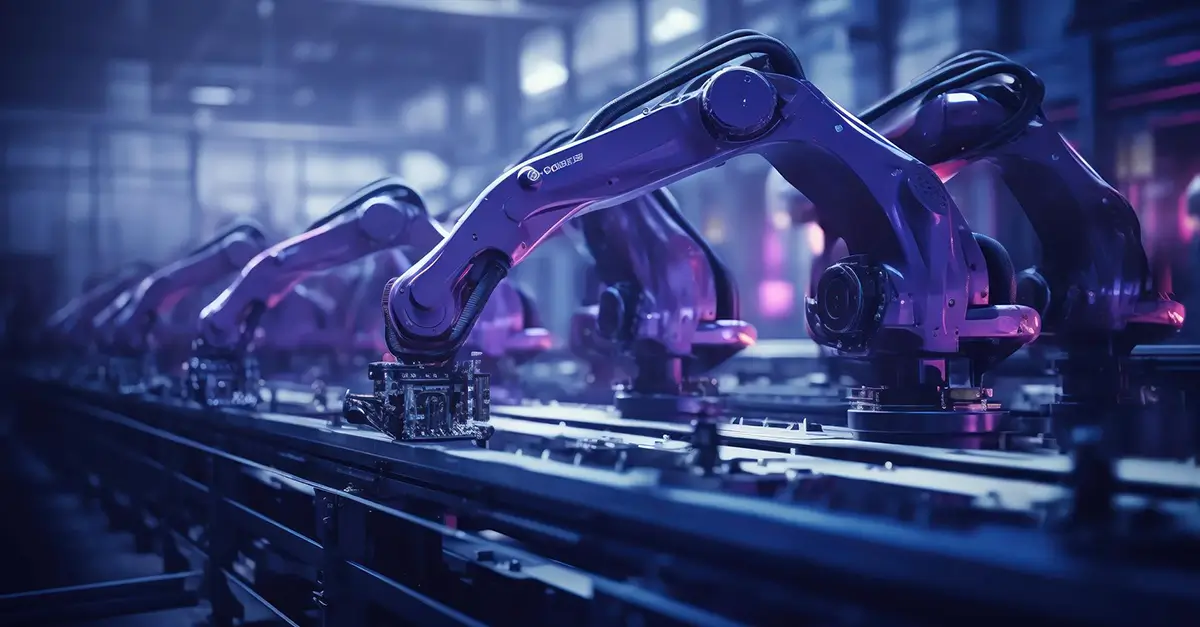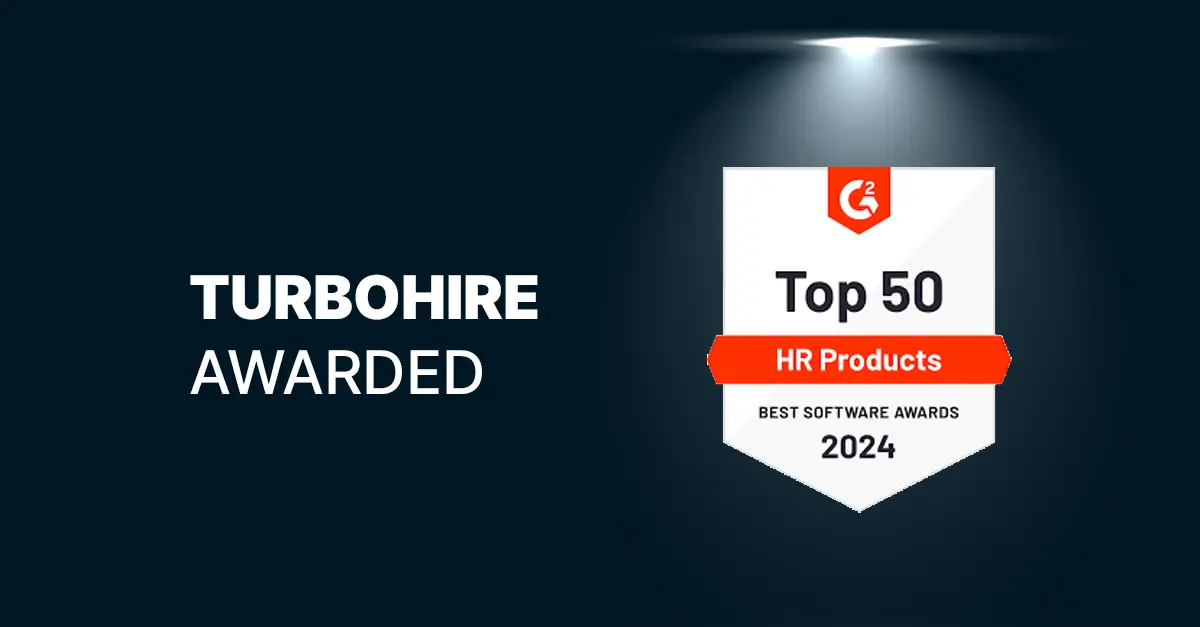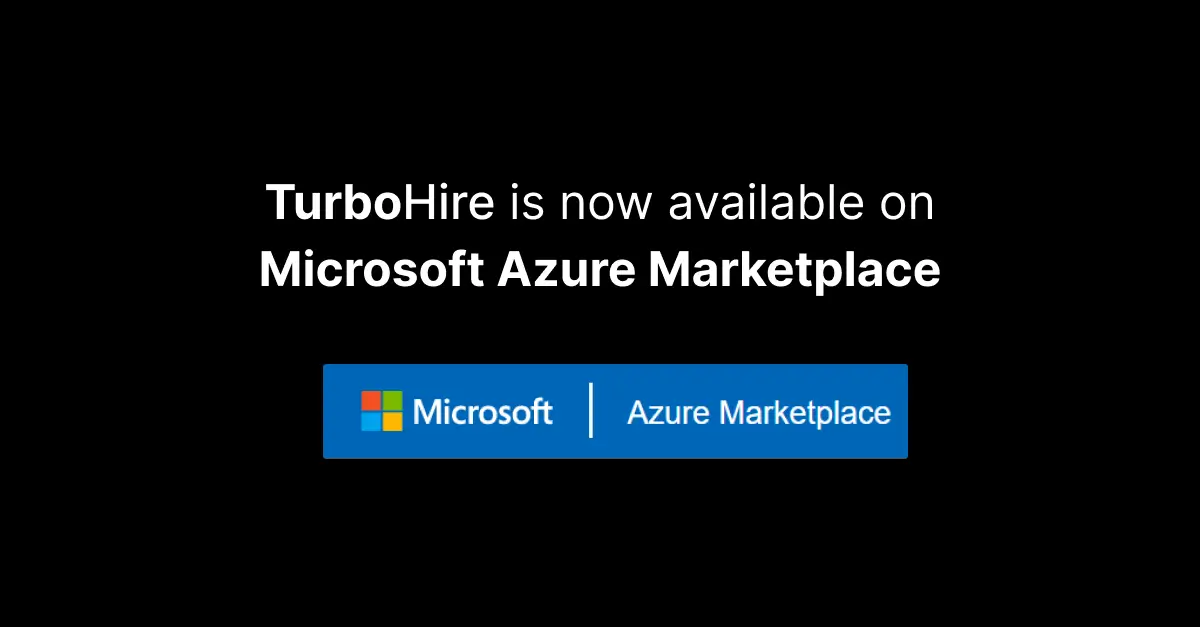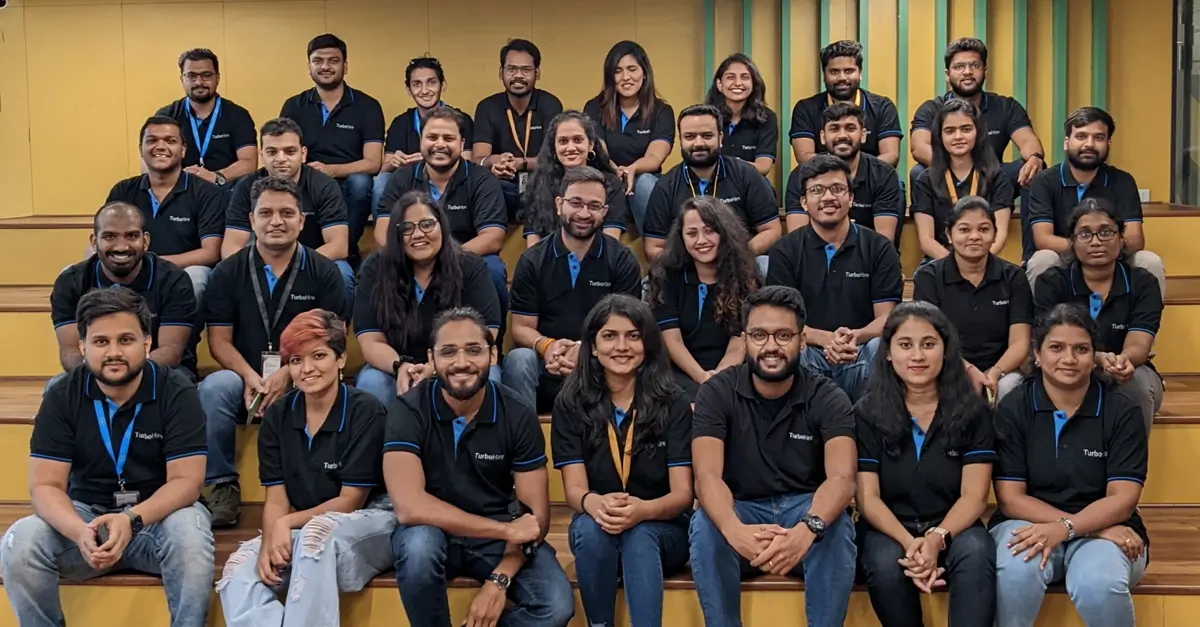Introduction
As we approach 2025, HR departments are undergoing a significant transformation. Gone are the days when talent management relied primarily on gut feelings and subjective evaluations. Today, the future of HR is driven by data, analytics, and strategic insights. Data-driven decision-making in HR is no longer a trend but a necessity for organizations aiming to stay competitive in a rapidly evolving business landscape.
This shift toward data-driven HR practices is not merely about gathering vast amounts of information; it’s about leveraging that data to make informed decisions that improve productivity, optimize talent management, and enhance overall business performance. From employee engagement metrics for workforce planning, HR leaders are now able to uncover insights that drive long-term success.
Data-driven decision-making unlocks new opportunities for organizations by providing the clarity needed to address workforce challenges and optimize resources. Key metrics and KPIs that every CHRO should focus on for 2025 include metrics around employee engagement, retention rates, and performance analytics. AI and automation are also playing a transformative role in workforce planning, reshaping hiring and talent management strategies. With data at the core of HR processes, businesses can reduce hiring bias and create a more agile, responsive workforce.
By embracing data and automation, HR leaders can overcome challenges, streamline processes, and position their organizations for sustainable growth in 2025 and beyond.
How Data-Driven Decisions Enhance Business Performance
In today’s rapidly evolving business landscape, HR decisions are no longer limited to hiring and performance reviews but are integral to driving overall business strategy. By adopting a data-driven approach, HR leaders can make informed decisions that directly impact employee retention, productivity, and business outcomes. For instance, analyzing employee turnover rates alongside engagement metrics enables HR teams to develop better retention strategies, reducing hiring costs and preserving institutional knowledge. This not only strengthens employee satisfaction but also contributes to the organization’s long-term success by maintaining continuity and enhancing workforce stability.
AI and automation further enhance the power of data-driven decision-making in HR. Automating repetitive tasks such as resume screening, interview scheduling, and candidate sourcing allows HR teams to focus on strategic initiatives, improving overall efficiency. These technologies, combined with data insights, reduce hiring bias, improve diversity, and ensure that talent management processes are aligned with broader business goals. By leveraging data, AI, and automation, companies can cut costs, increase operational efficiency, and create a more agile workforce ready to adapt to changing business demands.
Key Metrics Every CHRO Should Track in 2025
For a data-driven HR strategy to be effective, it is critical for CHROs to focus on the right metrics. Here are a few key metrics every CHRO should track in 2025:
- Time to Hire – Measuring the speed of your hiring process can highlight bottlenecks and help improve the candidate experience.
- Employee Turnover Rate – A high turnover rate is often a sign of deeper issues within the organization, such as dissatisfaction, poor culture fit, or lack of career growth.
- Employee Engagement – Monitoring engagement levels can provide early warning signals of declining morale or the risk of losing top talent.
- Performance Productivity – Tracking individual and team productivity metrics helps align employee output with organizational goals.
- Cost per Hire –Understanding the financial efficiency of your recruitment process is crucial for optimizing hiring budgets.
- Diversity and Inclusion Metrics –As inclusivity becomes more important to employees and customers, tracking diversity metrics can highlight whether your organization is creating an equitable work environment.
The Power of Data-Driven Workforce Planning
In today’s competitive landscape, data-driven workforce planning is essential for HR teams to make informed decisions across all areas of talent management, from acquisition to retention. By leveraging comprehensive HR analytics, organizations gain insights into employee performance, identify skills gaps, and anticipate future talent needs. This enables HR leaders to align workforce planning with business goals more effectively.
With real-time data and predictive analytics, businesses can forecast workforce demand, optimize resource allocation, and proactively address future staffing needs. This strategic, data-driven approach ensures agility, helping companies stay ahead of market trends while maintaining a robust talent pipeline. By embracing data-driven planning, HR becomes a key player in driving organizational success, ensuring the right talent is always available at the right time.
TurboHire: Simplifying Hiring with AI and Automation
TurboHire leverages AI and automation to transform the hiring process, catering to all stakeholders involved. By streamlining tasks such as intelligent candidate screening, automated interview scheduling, and data-driven insights, TurboHire reduces human bias, accelerates decision-making, and ensures a fair, objective approach to talent acquisition. Its automation capabilities enable agile HR, allowing organizations to adapt to changing demands, optimize talent strategies, and tackle future workforce challenges with ease. From sourcing and screening candidates to scheduling interviews and gathering feedback, TurboHire significantly reduces time-to-hire, improving productivity and saving valuable time for all stakeholders involved.
Centralizing all hiring activities on one platform, TurboHire facilitates seamless communication and collaboration between recruiters, hiring managers, and HR teams. Its robust analytics provide data-driven insights that enhance decision-making, ensuring more informed and strategic hiring choices. Additionally, TurboHire enhances the candidate experience by simplifying the process, making it faster and more efficient. With a comprehensive end-to-end solution, TurboHire keeps all parties—from recruiters and candidates to leadership and admin teams—engaged and connected throughout the hiring journey, ultimately boosting productivity and optimizing workforce planning.
Advanced Features Empowering Leadership Teams
- Real-Time Analytics and Configurable Dashboards: TurboHire’s real-time analytics provide immediate insights into key hiring metrics, enabling organizations to make quick adjustments and optimize hiring strategies in line with business objectives. Customizable dashboards allow leadership to track performance and align hiring strategies with broader organizational goals.
- Login-less, Mobile-Friendly Platform: TurboHire offers a login-less experience on mobile, eliminating the need for repeated logins with emails and passwords on the same device. This makes it easy for users to access dashboards and analytics seamlessly.
- Recruitment Activity Tracking: The platform enables HR teams to effortlessly view data on multiple candidates and track recruitment activity by position or business unit. All recruitment parameters are centralized, ensuring a smooth and efficient hiring process.
These features empower leadership teams to make swift, strategic decisions, track performance, and ensure their workforce planning aligns with the organization’s future goals.
Challenges of Integrating Data-Driven Tools
Integrating data-driven tools into existing HR systems can present several challenges, with data silos being a significant issue. When critical workforce data is scattered across multiple platforms, it hinders visibility and decision-making. A solution like TurboHire addresses this by seamlessly integrating with existing HR systems, centralizing data into one unified platform, and streamlining HR processes for improved efficiency.
Another challenge is ensuring data privacy and compliance with regulations like GDPR and CCPA. With sensitive employee information at stake, it’s crucial to adopt tools that prioritize security and privacy. TurboHire ensures all data is securely managed, adhering to global privacy standards, so organizations can maintain compliance and trust.
Additionally, resistance from leadership and employees can arise when adopting new technologies. To overcome this, HR leaders can highlight how TurboHire enhances decision-making, boosts productivity, and provides a seamless, secure experience. By demonstrating the tangible benefits of data-driven tools, organizations can encourage greater acceptance and adoption of innovative HR solutions.
Lenskart: AI-Driven Hiring Transformation
Lenskart, operating across 1,800 stores, faced the challenge of maintaining a streamlined and consistent hiring process at scale. To overcome this, Lenskart partnered with TurboHire, leveraging AI, automation, and data-driven insights to revolutionize their recruitment strategy. A mega pilot was initiated to test these new processes, where bulk communication was efficiently executed through WhatsApp, sending out 2,400 resume requests and receiving over 1,200 responses. This fully digital, paperless approach not only streamlined the end-to-end hiring process but also centralized hiring efforts across all locations, ensuring consistency and efficiency.
In addition to automation, TurboHire enabled Lenskart to harness the power of data-driven HR transformation. By centralizing hiring data and providing real-time analytics, TurboHire allowed Lenskart to make more informed, data-backed decisions throughout the recruitment process. This data-driven approach improved candidate selection, boosted response rates, and ensured that the hiring process was both transparent and highly efficient, positioning Lenskart for success in its talent acquisition efforts.
Conclusion
The future of HR is increasingly shaped by data-driven decision-making, marking a pivotal shift in how businesses manage talent acquisition and workforce planning. By harnessing the power of key metrics, HR departments can gain valuable insights into employee performance, engagement, and retention, allowing for more informed decisions. Tools like TurboHire, powered by AI and automation, enable HR teams to streamline processes, from candidate sourcing to interview scheduling, reducing manual effort and significantly cutting hiring costs. This enhanced efficiency not only saves time but also ensures that the HR function is more aligned with overall business objectives, creating a seamless connection between human resources and company goals. As we approach 2025, adopting data-driven practices will become essential for organizations looking to maintain their competitive edge, improve workforce planning, and foster long-term growth.
The time to embrace this transformation is now. HR leaders who recognize the importance of data-driven strategies will position their organizations for success in an increasingly competitive and dynamic business environment. On the other hand, those who hesitate risk falling behind as the future of work continues to evolve at a rapid pace. As AI and automation become central to HR operations, integrating these technologies will be vital for overcoming the challenges of managing a modern workforce. Organizations that invest in these tools and leverage real-time data will be better equipped to drive productivity, enhance employee experience, and lead their industries into the future. Preparing for this shift in HR strategy is not just a choice—it’s a necessity for thriving in 2025 and beyond.


